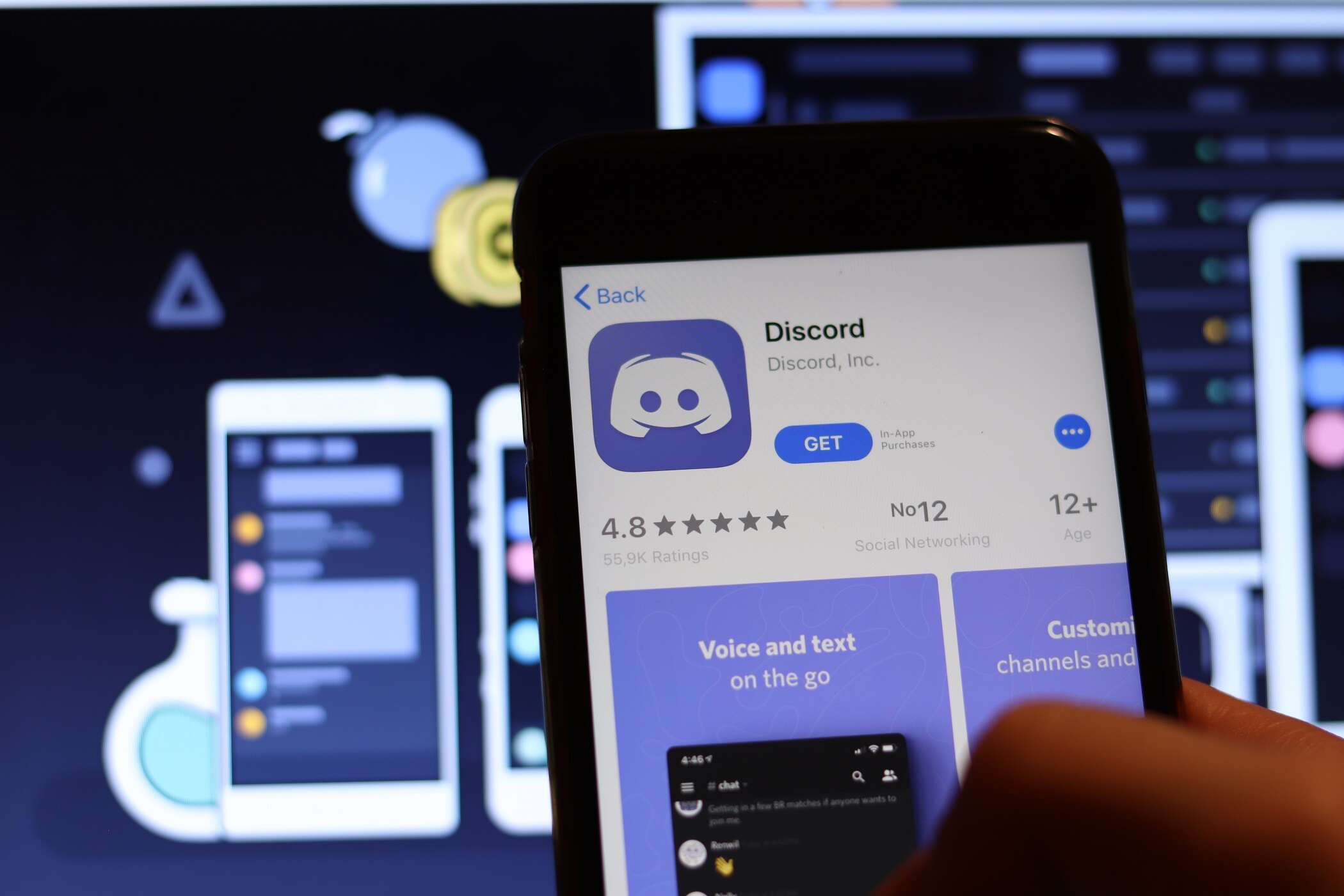
Microsoft’s bid for Discord is dead in the water after talks between the companies collapsed. The failure to complete the $10bn takeover of the communications app follows Microsoft’s interest in two other consumer-orientated businesses – TikTok and Pinterest – which ultimately went nowhere. While MSFT’s acquisition strategy may appear confused, set against the backdrop of the company’s drive for communities, creators and locking in the next generation of cloud users, its plan begins to come into focus.

Earlier this month Microsoft announced the $20bn purchase of voice recognition specialist Nuance. While this seemed a logical step given Nuance’s obvious integration into the company’s cloud strategy, its bids to buy video platform TikTok and image-sharing site Pinterest were more eyebrow-raising. Discord, which is predominantly aimed at gamers, offered greater potential synergies given Microsoft’s ownership of the Xbox console range and its recent purchase of Bethesda, publisher of blockbuster games such as Fallout and Doom, says Christophe Jammet, managing director of innovation and emerging media at Gather, an innovation agency.
The purchase of Discord would have given the company “a foothold across the digital cultural ecosystem: platforms, games, and community”, Jammet says, adding this would have enabled Microsoft to “further penetrate the creator/streamer market, which they recently lost with the sunsetting of Mixer”. Mixer, a streaming platform for gamers that was owned by Microsoft, closed down last year after failing to match the success of larger rivals such as Twitch.
Microsoft Discord bid: not just a gaming play
A Discord acquisition would have given Microsoft access to more than 140 million monthly active users, including thousands of high-profile creators. “Discord also has a huge app/bot integration ecosystem of its own,” Jammet says. “Discord server owners can add functionality to their Discord servers by leveraging this app ecosystem. And I wouldn’t be surprised if that was also a motive in Microsoft’s interest in this acquisition, especially when you consider their acquisition of Github.”
Gaming was Discord’s original target, but it has since expanded to include all kinds of online communities. Its growth soared during the pandemic, in part because teachers turned to the site to deliver video learning. The platform’s trajectory is something Microsoft is trying to mimic by pushing Microsoft Teams for personal use, having seen another of its products, Skype, miss out to rivals such as Zoom when video calling boomed during the Covid-19 pandemic. With Teams and Skype already at its disposal, Microsoft doesn’t need to spend $10bn on a messaging app – it’s the community on the platform that is valuable.
“Over the last several years, particularly since Satya [Nadella] came on board as the CEO of Microsoft, a number of their large acquisitions had one common thread – bringing ‘new communities’ of customers to the Microsoft ecosystem,” says Soma Somasegar, managing director at VC firm Madrona, who worked at Microsoft for 27 years. He notes that buying MineCraft in 2014 brought a legion of gamers and game developers, GitHub brought the open-source developer community, and LinkedIn brought the business professional community to the Microsoft ecosystem. “As you can see there is a consistent pattern and theme emerging here,” he says.
Are communities key to cloud growth?
This focus on communities ties in with statements Nadella made earlier this year. “Creation, creation, creation — the next 10 years is going to be as much about creation as it is about consumption and about the community around it, so it’s not creating alone,” he told Bloomberg. “If the last 10 years has been about consumption – we’re shopping more, we’re browsing more, we’re binge watching more – there is creation behind every one of those.”
But what does this mean for a company that primarily specialises in enterprise software? “The rest of the world might be trying to label Microsoft as an enterprise company or a consumer company or what have you,” says Somasegar. “Microsoft has always thought of itself as being in the business of providing software that enables everybody (business user, consumer, enterprise etc.) to be more productive, whether it is in the work context or staying connected with friends and family or having fun in the home environment.”
Others believe the ‘communities’ drive is motivated by a desire to keep pace with its cloud computing competitors Google Cloud and Amazon’s AWS. “Both Google Cloud and AWS’s parent businesses have a tremendously strong consumer footprint, and have leveraged their experience of operating in these markets to develop scalable technology platforms and services,” says Angela Ashenden, a principal analyst at CCS Insight. “This not only gives them a keen understanding of those markets, but it puts them in a strong and credible position to help other businesses – particularly major brands – looking to improve the way they themselves respond to the huge shifts in consumer behaviour. As businesses embark on their own large-scale digital transformations, this consumer market credibility is a gap that Microsoft is clearly determined to fill.”
By acquiring consumer businesses, Microsoft can migrate them onto its own cloud platform, Azure (in Discord’s case, this would have meant shifting it over from Google’s cloud infrastructure), as well being able to access their customer data to gain greater insights into consumer behaviour. Its community-seeking strategy is about recouping its losses from the company’s failure to fully take advantage of the mobile revolution – where its Windows Phones flopped in the face of competition from Apple and Android devices – and targeting the next generation of workers. Although a social platform acquisition would open Microsoft up to new challenges, including content moderation and increased regulatory scrutiny, the company clearly believes it would be worth it.






